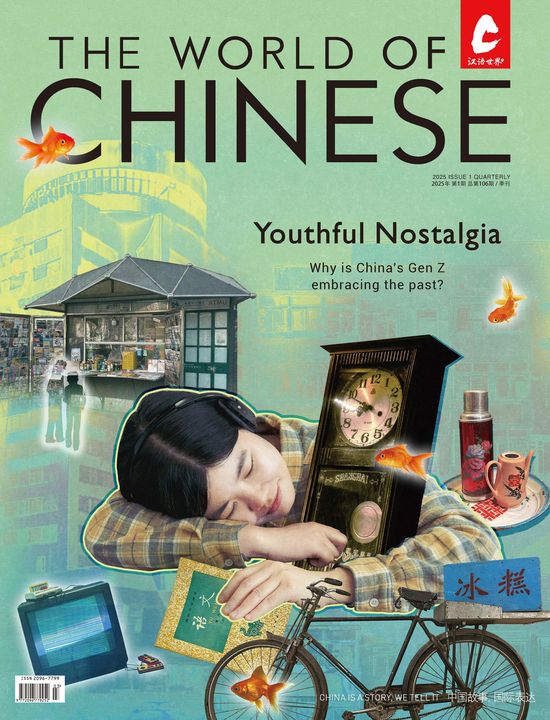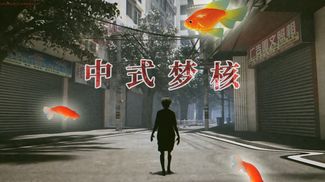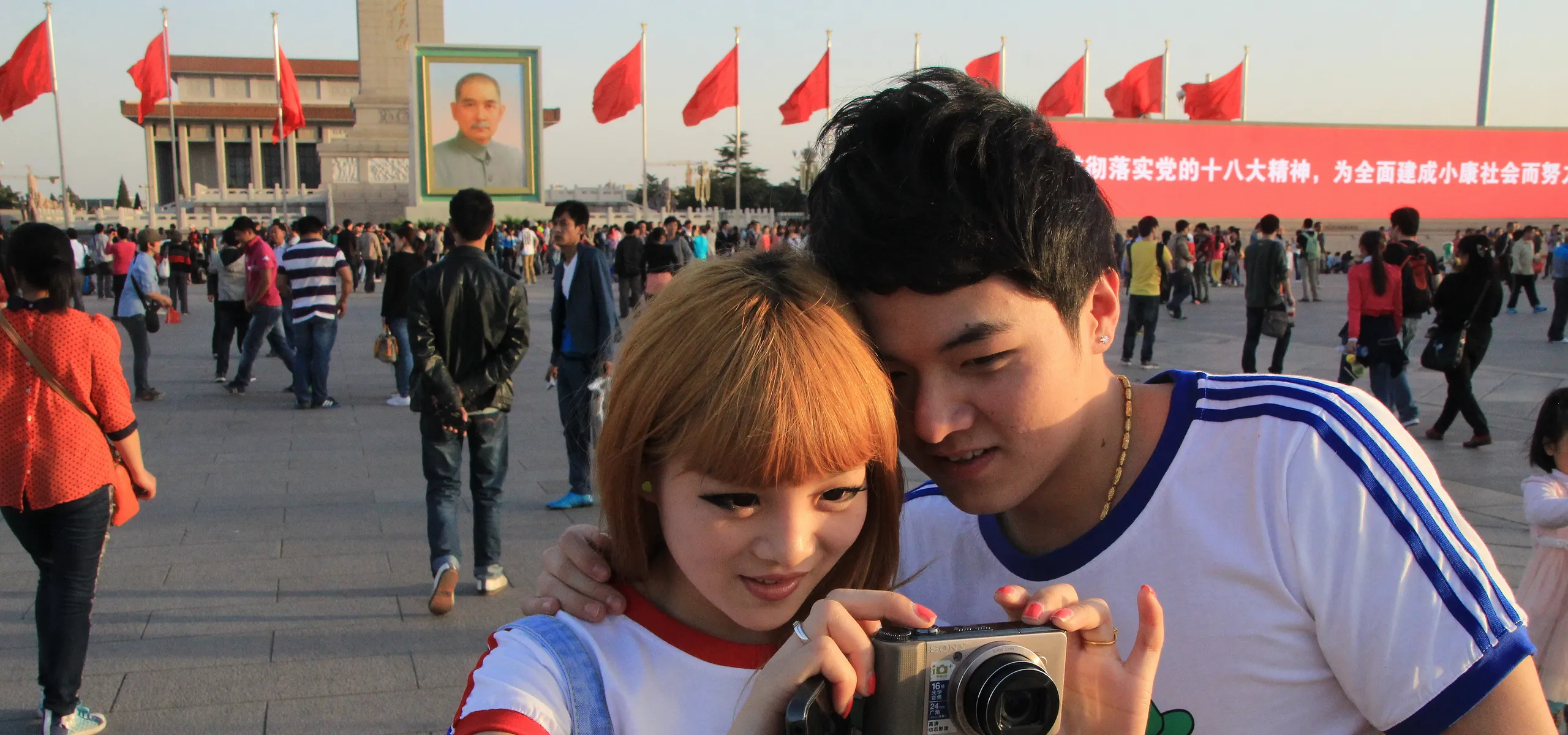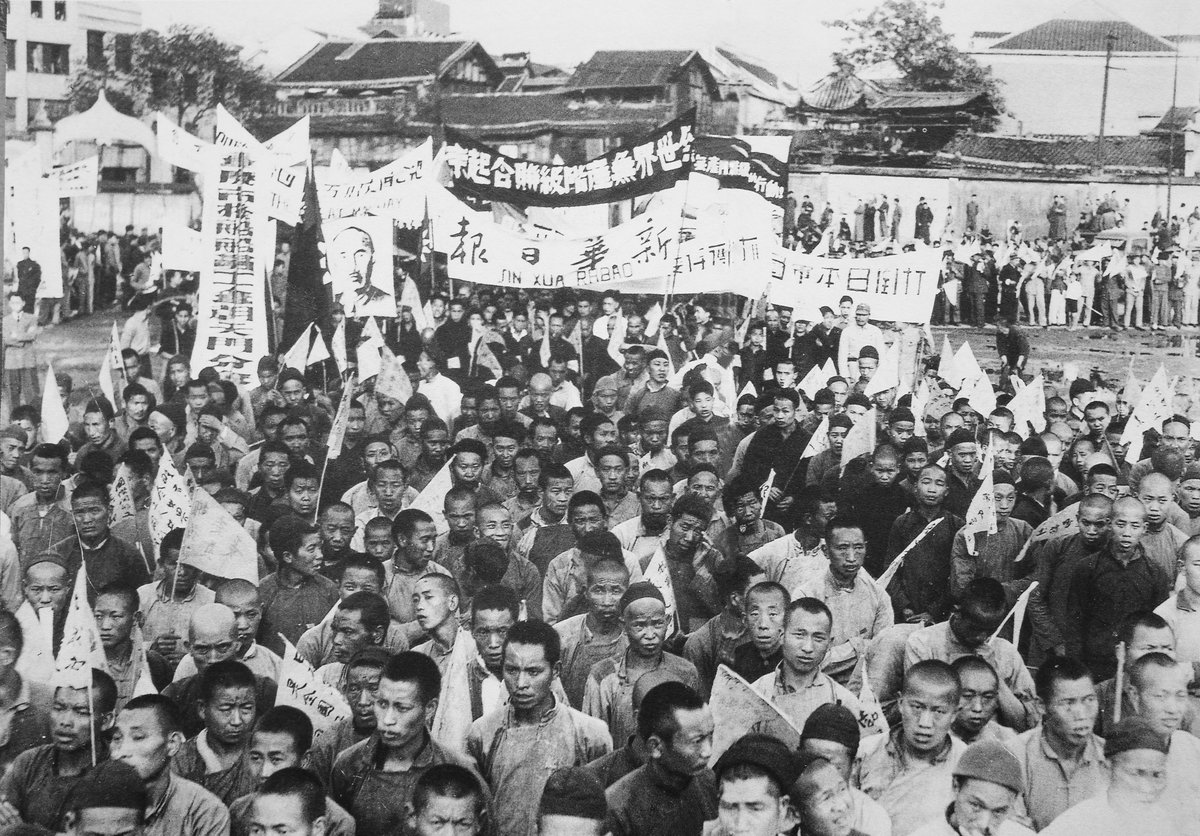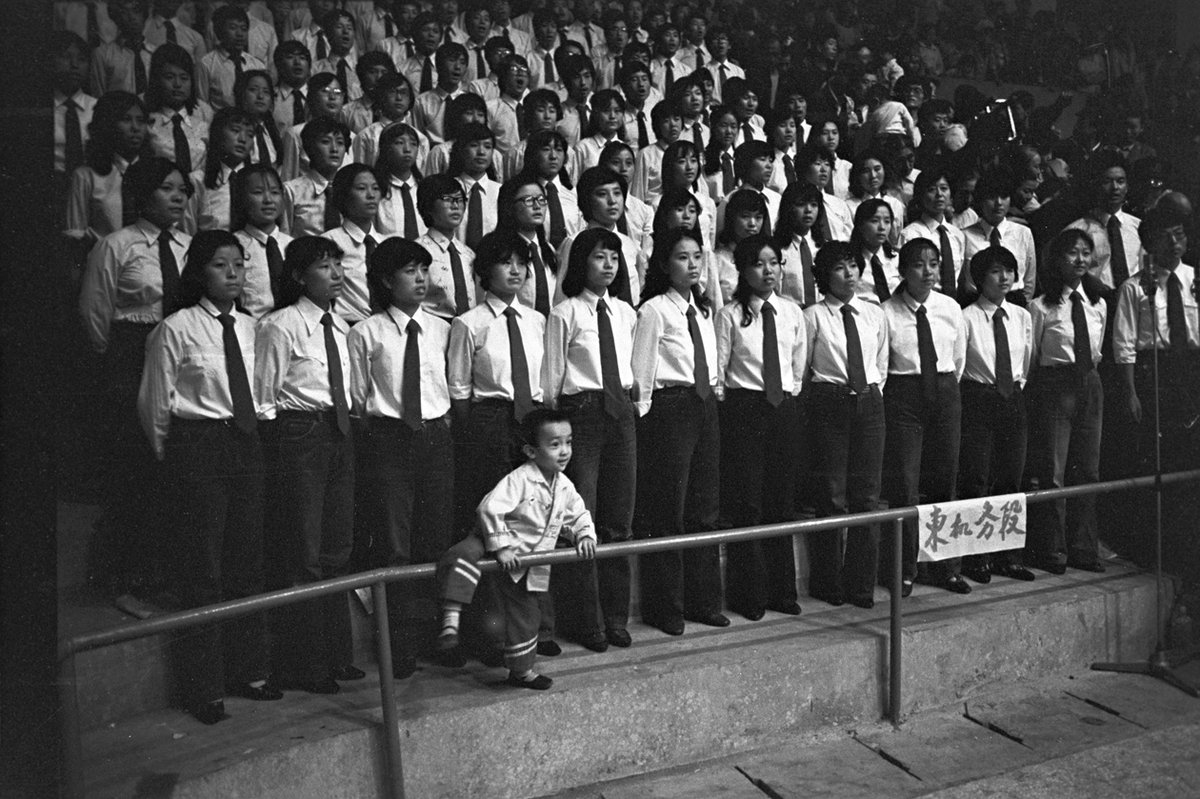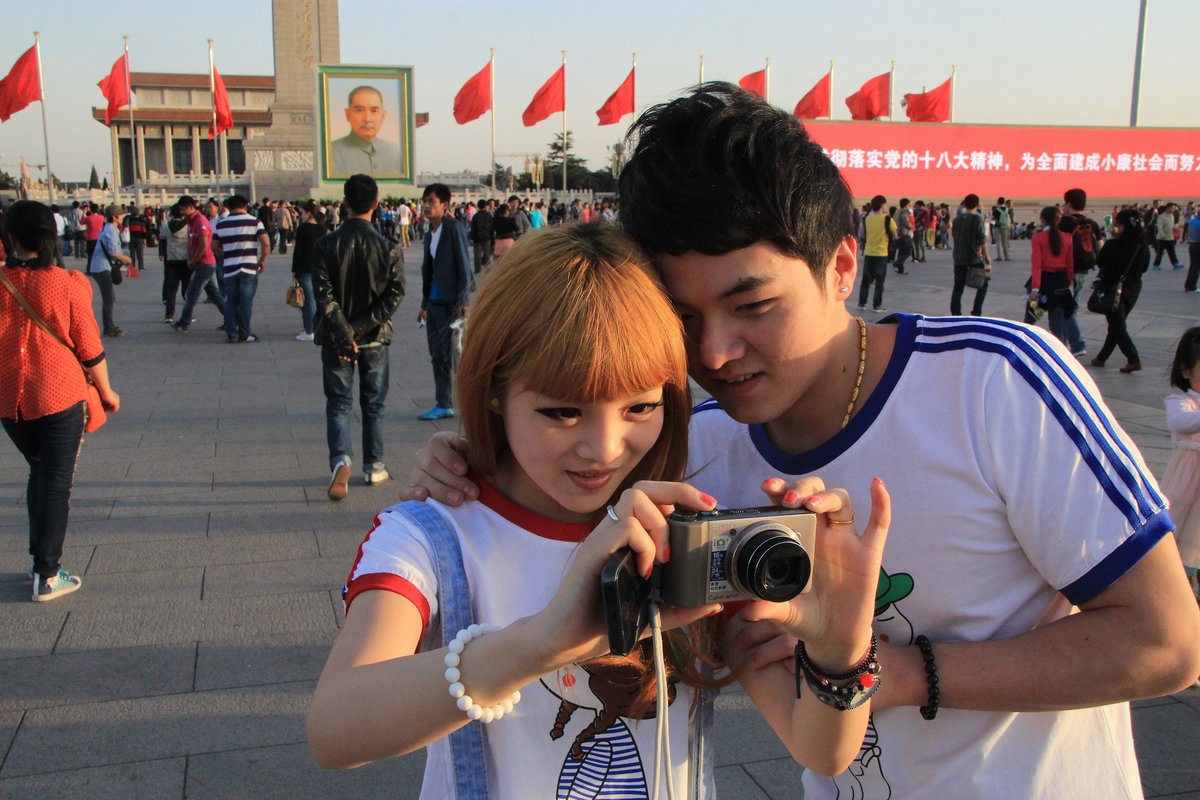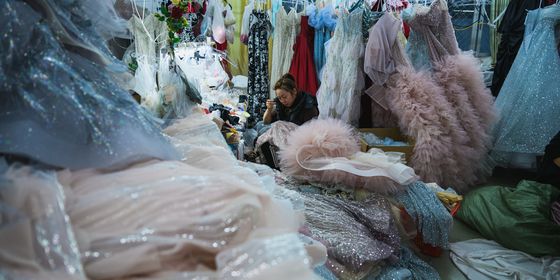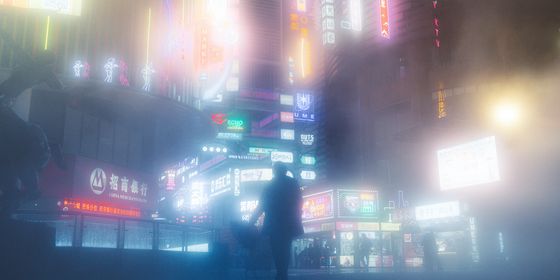Discover the origin of Labor Day celebrations in China and how it became one of the country’s most important holidays
As Labor Day arrives, Chinese workers are off on their travels. Last year, people made 274 million trips during the five-day holiday, generating over 148 billion yuan in tourism revenue.
But while leisure and consumption might occupy people’s attention today, Labor Day, also known as International Workers’ Day, remains a crucial political occasion to unite the working class and their supporters in China. The introduction of Labor Day to the country over a century ago even played a significant role in shaping the nation.
Though the day began in 1889 as a commemoration of a labor strike in Chicago in 1886, it was later adopted by the international labor movement as a demonstration of working-class solidarity and advocacy for workers’ rights.
In China, Labor Day first gained public attention in 1919, a pivotal year for a new republic after thousands of years of imperial rule ended with the collapse of the Qing dynasty in 1912. The Republic of China was fragmented with a weak central government, warlords fighting for territory, and foreign powers controlling China’s ports and looking for expansion. Intellectuals sought a path to China’s modernity, strength, and independence—many looked abroad.
Some, including revolutionary and intellectual Li Dazhao, were inspired by Russia’s Bolshevik October Revolution in 1917. Li wrote a series of articles introducing the revolution and the Marxist ideas behind it. On May 1, 1919, he published a 500-word article in The Morning Post, an influential newspaper in Beijing, introducing Labor Day as a “day to celebrate workers.” “Not many people in China observed this special day this year, but next year, maybe it’ll be different, very different,” Li wrote.
In fact, Chinese class consciousness was already on the rise. Though the country was still largely rural, over 2 million factory workers were suffering terrible working conditions and hoped to improve their plight. Three days later, a student protest in Beijing demanding a tougher government stance toward foreign powers ignited a wave of nationwide protests and worker strikes. This later became known as the May Fourth Movement.
The first organized Labor Day events emerged in 1920. Li and his peers organized a rally at Peking University with 500 students and workers. Li advocated for an eight-hour workday and introduced the October Revolution. The event marked the beginning of the public celebration of Labor Day in China. The event flyers introduced the purpose of the memorial: “Let us always commemorate May 1, using the International Workers’ Day celebrated worldwide as a guiding light. With the belief in sacred labor, let’s follow this beacon towards a brighter future.”
The influential New Youth (《新青年》) magazine, which advocated for science, democracy, and vernacular Chinese literature, distributed 10,000 copies of its special 400-page Labor Day volume, spreading knowledge of the day across the country. The volume’s cover was an image of French sculptor Auguste Rodin’s statue, “The Tower of Labor.” Sun Yat-sen, founding father of the Republic, wrote an epigraph for the volume, quoting Confucius’s phrase “The world is for all (天下为公)” and turning it into a call for workers’ rights. Chen Duxiu, the chief editor of New Youth magazine who would go on to co-found China’s communist party, advocated for the awakening of workers in China. The volume also carried a series of investigative reports on working conditions across the county, as well as the latest developments on the workers’ movement internationally.
From these early sparks, the Chinese labor movement continued to grow, advocating for not only workers’ rights but also the nation’s independence. Labor Day became an established occasion for strikes, protests, and rallies.
Labor Day became an official holiday in 1949 after the establishment of the People’s Republic of China. The day was celebrated with parades across the country, and it was the second most important patriotic holiday after National Day (which celebrated the country’s founding on October 1). The PRC’s first regulations on holidays and memorials mandated one day of paid leave on May 1.
Official celebrations continued throughout the years, but the theme gradually shifted to leisure as China’s economy underwent market reforms in the 1980s and ’90s. In 1999, the holiday was extended to five days plus a weekend, and became known as a “Golden Week.” But in 2008, Labor Day was shortened again to three days (plus weekend). Officially, Labor Day remains a one-day paid holiday, while two days are added but must be accounted for through notorious make-up work days. (So much for celebrating workers…)
Despite being widely criticized, make-up work days may be here to stay. In 2023, China’s National Development and Reform Commission, a government body responsible for economic planning, released an article arguing that make-up work days are necessary to avoid fragmented single-day holidays and facilitate people’s travel plans. The article also explained that the number of China’s official holidays, 11, is considered average internationally (in comparison, the US has 10, the UK has 8, and France has 11).
“But such comparisons are meaningless,” Wu Bihu, Director of the Tourism Research and Planning Center at Peking University, told Beijing News in April this year. He pointed out that the real issue is people are not getting enough “paid leave” from their employers due to low statutory leave and China’s highly competitive work culture. In China, statutory paid leave is only five days and it only increases to 10 days for people employed in the same company for 10 years or more.
As China’s Labor Day evolved from a symbol of workers’ rights and national independence to a time of leisure and travel, the fight for sustainable working conditions continues. In that sense, the true spirit of the holiday lives on.
